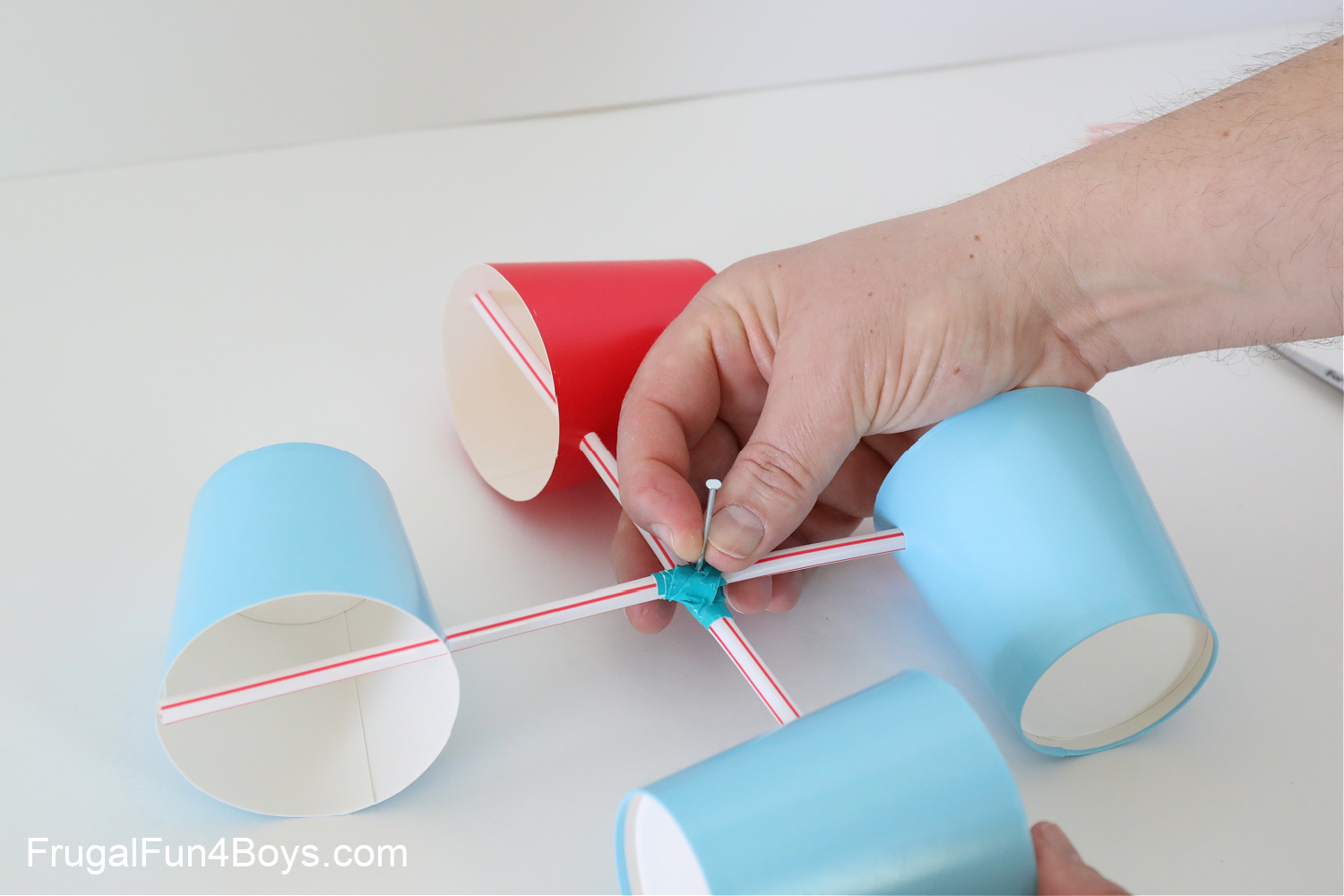Professional Tips for Adjusting Your Anemometer for Ideal Performance
Professional Tips for Adjusting Your Anemometer for Ideal Performance
Blog Article
Anemometers Revealed: Recognizing Their Significance in Environmental Tracking and Safety And Security Actions
The duty of anemometers in environmental monitoring and safety and security actions is usually taken too lightly, yet their value is obvious. From weather forecasting to aeronautics security, anemometers play an important duty in supplying accurate data that educates decision-making procedures and enhances general security.
Background of Anemometers
The advancement of anemometers can be mapped back to the ancient people where simple wind gauging tools were first used. One of the earliest well-known anemometers was the hemispherical mug anemometer invented by Leon Battista Alberti in the 15th century.
Over the years, innovations in modern technology led to the growth of even more contemporary anemometers, including ultrasonic anemometers and laser Doppler anemometers, providing increased precision and performance in gauging wind rate and direction. The history of anemometers showcases a remarkable trip of technology and development in the field of meteorology.
Sorts Of Anemometers
Throughout the area of weather forecasting, different types of anemometers have been created to precisely measure wind rate and direction. The most usual kind is the mug anemometer, which consists of 3 or 4 mugs placed on horizontal arms that rotate with the wind. As the mugs spin, the speed at which they revolve is directly proportional to the wind rate. An additional extensively utilized type is the vane anemometer, which includes a tail or fin that aligns itself with the wind direction. This placement enables the device to determine the wind instructions. Sonic anemometers utilize ultrasonic signals to determine wind speed and instructions properly. They are commonly utilized in research study applications because of their high accuracy. Hot-wire anemometers operate based on the concept that the cooling result of wind on a warmed cable is proportional to the wind speed. These anemometers are suitable for measuring reduced wind speeds with high accuracy. Each kind of anemometer has its toughness and is picked based on the details needs of the tracking task at hand.
Applications in Weather Forecasting
Having gone over the numerous kinds of anemometers utilized in weather forecasting for measuring wind speed and direction, it is vital to explore their sensible applications in the area. Anemometers play an essential function in weather forecasting by supplying real-time and precise data on wind conditions (anemometer). Meteorologists utilize anemometers to keep an eye on wind rate and instructions to anticipate climate patterns, issue warnings for serious weather condition events like tornadoes, tornados, and storms, see here now and analyze atmospheric conditions for aeronautics safety
In weather forecasting, anemometers aid in comprehending local and local wind patterns, which are important for forecasting weather condition adjustments and identifying weather patterns. These gadgets are likewise utilized in study to examine microclimates, urban heat islands, and air pollution diffusion. Additionally, anemometers are used in farming to maximize crop administration practices, their explanation such as watering and pesticide application, based upon wind conditions.
Importance in Aeronautics Security
An important aspect of making certain air travel safety hinges on the precise monitoring of wind problems using anemometers. Anemometers play an important role in aeronautics by giving real-time data on wind speed and direction, assisting pilots in making informed choices throughout take-off, flight, and touchdown. Uncertain and strong winds can considerably impact airplane operations, making it important for aeronautics authorities to rely upon accurate wind dimensions to make sure the security of travelers and team.

In the vibrant environment of aeronautics, where even minor changes in wind rate and instructions can have profound results, anemometers stand as important devices for promoting safe and safe flight.
Duty in Environmental Research
Just how do anemometers add to improvements in ecological research? Anemometers check this site out play a crucial function in ecological research by offering crucial data on wind speed and instructions. This information is vital for understanding different atmospheric processes, such as air contamination dispersion, climate patterns, and climate change. By precisely gauging wind characteristics, anemometers help researchers evaluate the motion of toxins airborne, analyze the impact of industrial emissions, and anticipate the spread of pollutants in the setting.


Verdict
In verdict, anemometers have played an essential role in ecological monitoring and safety and security procedures. Understanding the importance of anemometers is essential for properly measuring wind rate and direction, which is essential for anticipating weather patterns, making sure safe aeronautics operations, and carrying out ecological research studies.
One of the earliest well-known anemometers was the hemispherical cup anemometer designed by Leon Battista Alberti in the 15th century. Over the years, improvements in technology led to the advancement of even more contemporary anemometers, consisting of ultrasonic anemometers and laser Doppler anemometers, providing raised precision and performance in measuring wind speed and direction. Hot-wire anemometers operate based on the concept that the cooling impact of wind on a warmed cable is symmetrical to the wind speed. Meteorologists make use of anemometers to keep an eye on wind rate and direction to anticipate weather condition patterns, concern warnings for extreme weather occasions like twisters, storms, and cyclones, and analyze atmospheric conditions for air travel security.
Recognizing the significance of anemometers is vital for precisely gauging wind rate and instructions, which is vital for predicting weather patterns, guaranteeing safe air travel operations, and performing ecological studies. (anemometer)
Report this page